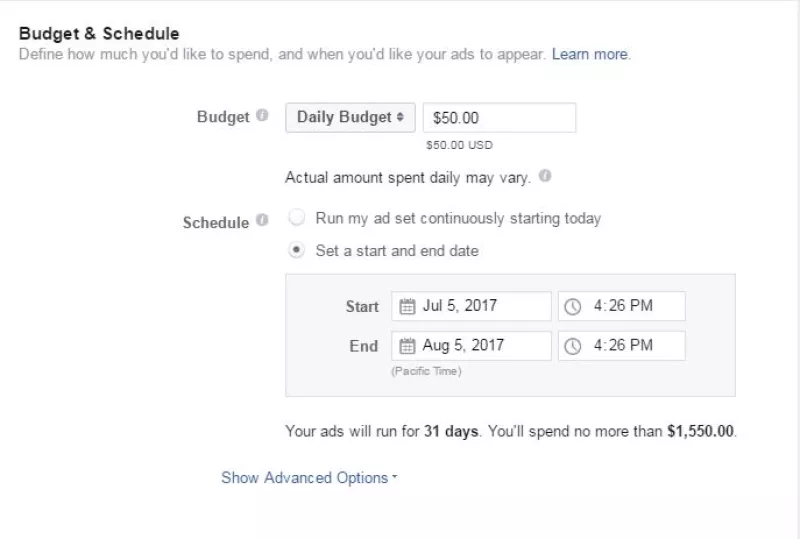Budgeting for Social Media Recruitment
This is the fourth installment in the Social Media Recruitment Guide, produced by Dr. Danielle Ramo, PhD, and Manpreet Kaur, MA. Dr. Ramo is available for recruitment consultations through Consultation Services.
View more at:
- Introduction to Social Media Recruitment: Opportunities and Challenges
- Getting Started with Facebook
- Preparing an IRB Submission
- Budgeting for Social Media Recruitment
Just like with any other recruitment strategy, the amount spent on social media recruitment should depend on the sample size and characteristics of the target study population. Preparedness is key to an efficient strategy. Here are some strategies to budget for social media recruitment before you submit your research proposal:
Strategy #1: Check whether your target population has been recruited on social media and whether cost data have been published. Conduct a literature search on PubMed, Google scholar, or other database relevant to your research area, with search terms related to social media (i.e., Facebook, Twitter, Google AdWords and your target population (e.g. kidney disease).
A number of case studies have published recruitment cost data for clinical research studies. For example, in the area of tobacco use, researchers have reported various results:
- A Facebook ad campaign targeting young adult smokers in the U.S. cost $4.28 per valid, completed survey which was more cost-effective than buying ads on other websites ($43 per completed survey) or recruiting via a survey sampling company ($19 per completed survey).
- A subsequent study reported $48.80 per eligible, consented participant for a 7-week Facebook campaign targeting young adult smokers for a smoking cessation trial lasting 12 months.
- Frandsen and colleagues compared the use of social media to traditional methods in recruiting 266 smokers for smoking cessation research and found that social media advertising cost twice as much per enrolled participant than traditional media (online: $42.34 per participant [total expenditure = $5,842.30; range: $13.18–$2,487.03 across the advertisements]; newspapers: $21.52 per participant [total expenditure = $2,065.46]). The authors noted that lower enrollment costs associated with online recruitment helped offset this difference somewhat (e.g., participants recruited from newspaper ads needed to be called back, occasionally after hours, and some may have needed materials mailed to them, while participants recruited online typically provided e-mail addresses that expedited this process).
Strategy #2: Another strategy is to set up an ad campaign on Facebook and see what Facebook suggests as the spending amount. You don’t need to have a specific ad set up yet to use this function. Follow these steps to set up a mock campaign (for instance for a population with migraine headaches).
Go to Facebook Ads Manager, log in with your Facebook credentials.
Choose engagement as your marketing objective.
Set up a sample campaign name.
Set your target population for your project as closely as you can. For example, for young adults select age 18-25 Location: US, Language: English etc.
Enter keywords specific to your target population in the detailed targeting section. For instance, type in all keywords associated with migraines if you are looking for participants with migraine headache.
Enter your campaign’s start and end dates and an approximate daily budget. Facebook will give you an estimate of how much you will spend during the total number of days your ads will run.
Having an informed estimate of cost per enrolled participant can mitigate many challenges in the recruitment process, including running out of money, or failure to budget at all. For many hard-to-reach populations, social media may serve as an adjunct strategy to complement more traditional strategies; however it is imperative to budget for the advertising campaign at the grant submission phase. As more case reports and clinical trials report social media recruitment costs, it will become more common to cite this work in grant applications, IRB applications, and help researchers to budget future campaigns. If you work with a population that is challenging to recruit, consider publishing the social media recruitment strategy for others to learn from.





